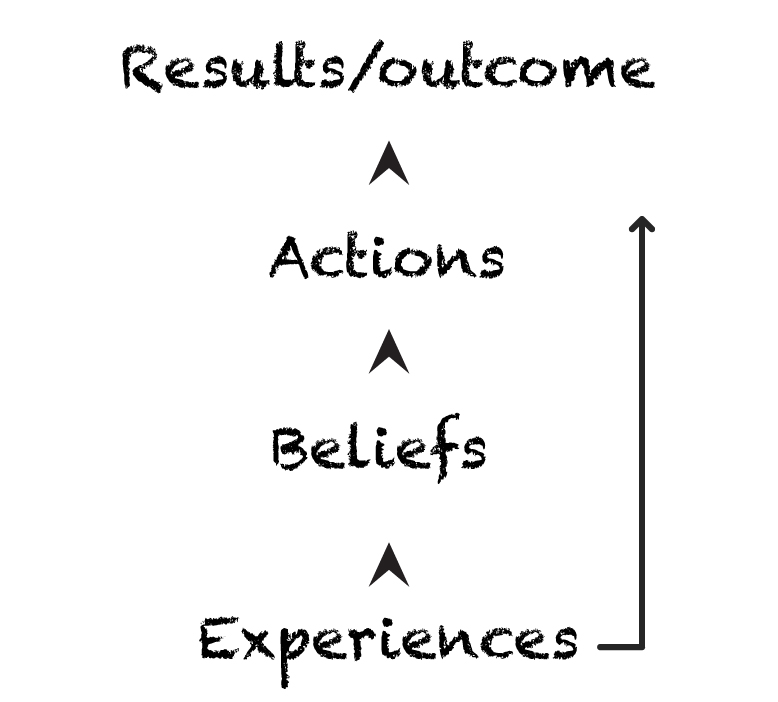Tim Schaefer Speaks: Insights from Northwestern Mutual’s Retired EVP & CCO
Meeting Tim Schaefer
Key Learnings
🎯 Consider everything as a system.
🎯 Dig past the apparent problems to find the root causes.
🎯 Fix the cause, not the symptom.
🎯 Life – Centered design.
🎯 Use the 5 whys.
🎯 Solve for Wicked Problems.
Mr. Schaefer has made a significant impact across various organizations. As Managing Director at Lake Hill Advisors, he plays a key role. He led customer-focused initiatives and launched a successful financial platform serving 6,000 advisors. At National Guardian, he bridges technology and the human touch, reflecting his innovative leadership.
My Reflection
Mr. Tim Schaefer was one of the guest speakers during the fall semester. He has come to explain a very important concept in an extremely simple way. The concept is that a person’s experiences need to change, when their experiences change their beliefs change and when their beliefs change, which means there is an internal shift. Their actions change. This leads to great results and outcomes.
How it all started you may ask? During our class, we were assigned to analyse Tim’s career trajectory and learn more about him. As a group, we tried to gather as much information as we could about him. Little did we know he was coming to give a talk #amazing. Meeting Tim in person was an indescribable experience. With only a few simple whiteboard drawings, he was able to explain a complex concept in a way that made it easy to understand. “how to approach the problem” Tim spoke about finding solutions, systems thinking, and experiences. He advised us not to immediately jump into finding solutions when presented with a problem. Instead, we should first try to understand what went wrong. We ought to gather data, examine the decline on a chart, and identify the root cause of the problem. Once we have a clear understanding of the issue, we can then find a solution. Tim used an analogy of a dish that cannot be improved by merely looking at it—we have to taste it first to understand what went wrong. Similarly, we need to use data to understand the issue fully. When a chart shows huge curves up and down, it indicates that something has changed in the process. It is our job to comprehend what led to that change.
Tim also spoke about perspective. When we face a problem, we tend to have a linear way of thinking with good and bad on opposite sides. However, every solution we come up with creates another problem for someone else. These are called wicked problems, and our perception of the problem will vary depending on our stakeholder position. It is difficult to solve these problems because we have to decide which problem to solve. What looks like a win for one person is a problem for another. To obtain the best outcome with the maximum number of stakeholders, it is essential to spend time with the stakeholders who are facing the problem. We must understand their perspectives from different points of view, becoming “problem archaeologists” by asking why and determining what is driving the problem.
Finally, Tim emphasized the importance of collective understanding. We need to use dialogue and be clear about the terms we use. Creating operational definitions of words we use can help us come closer to using the language in the same way and have a shared understanding. This shared understanding can help people voice their perspectives. The trick of dialogue is to listen patiently and understand what the other person is saying. By having shared experiences, we can empathize with each other and understand different perspectives.
Personally, I believe that Tim would make an excellent teacher. A fun observation: he resembled Tim Cook.



